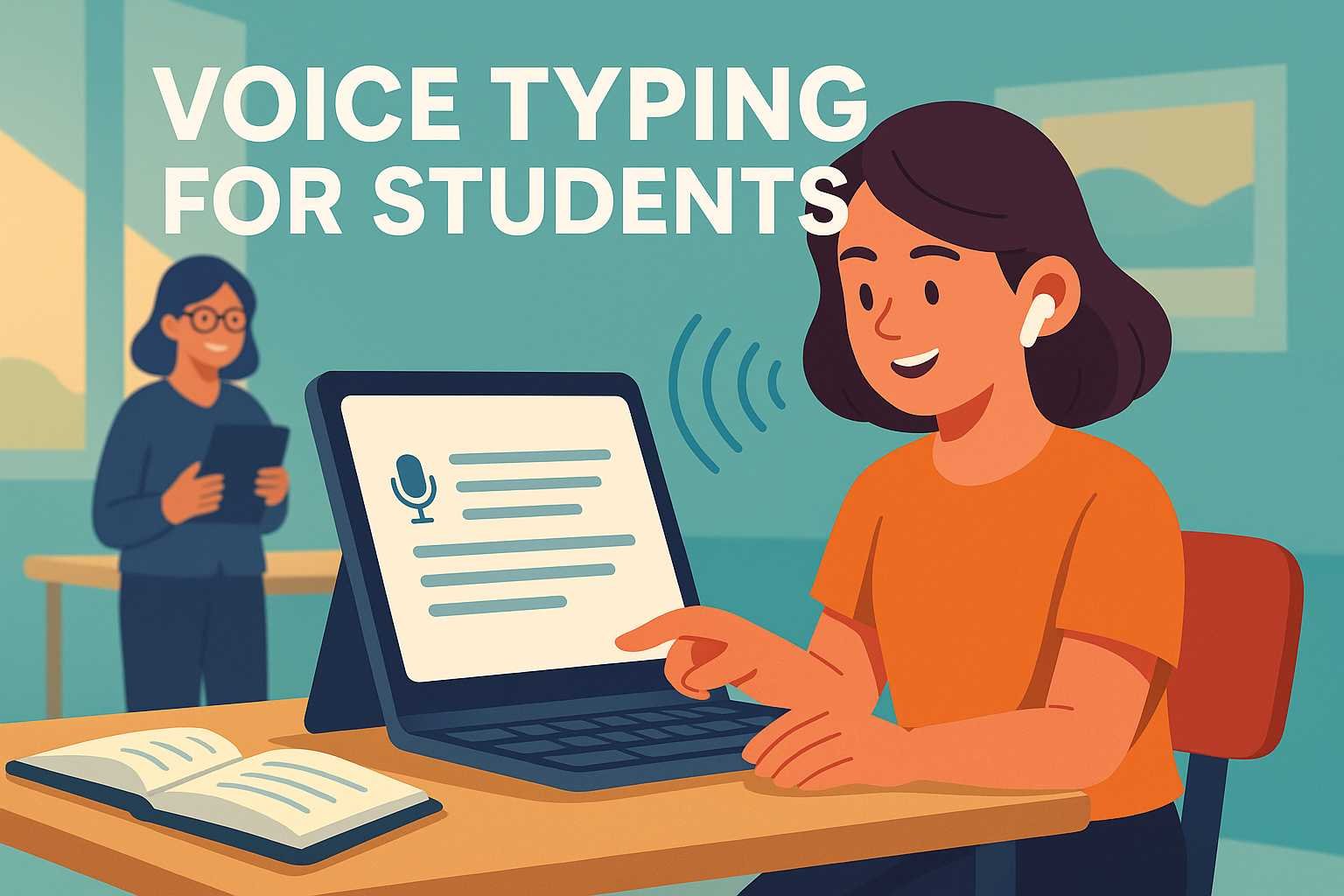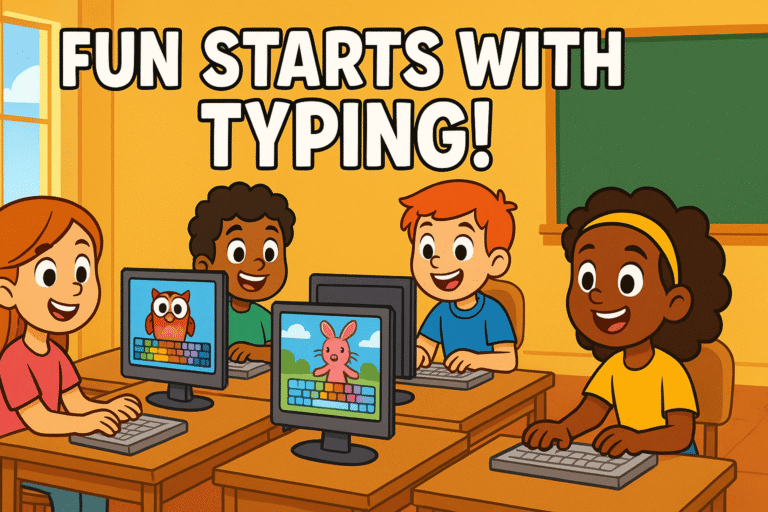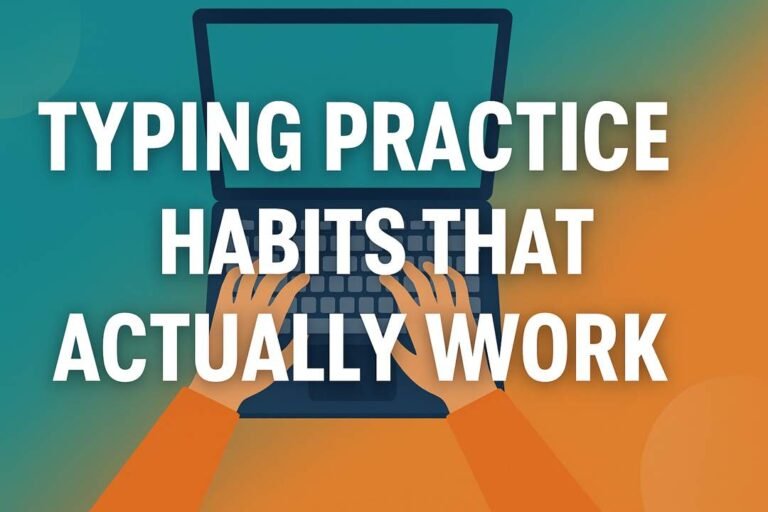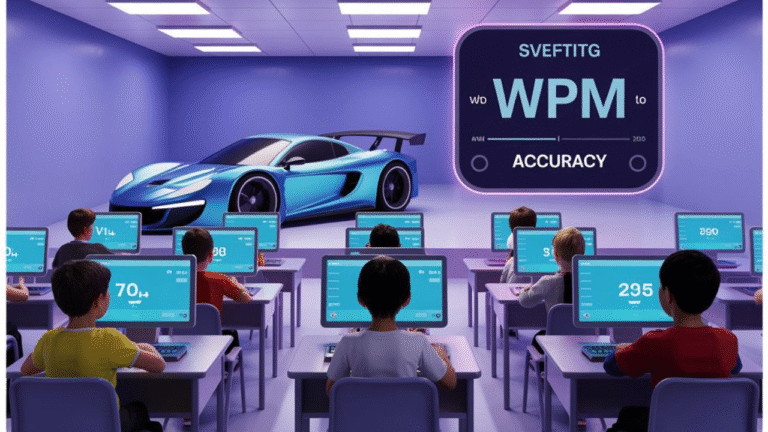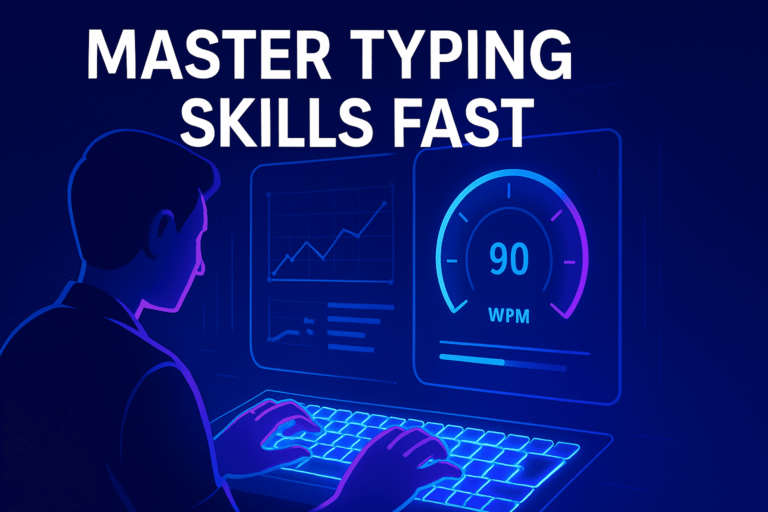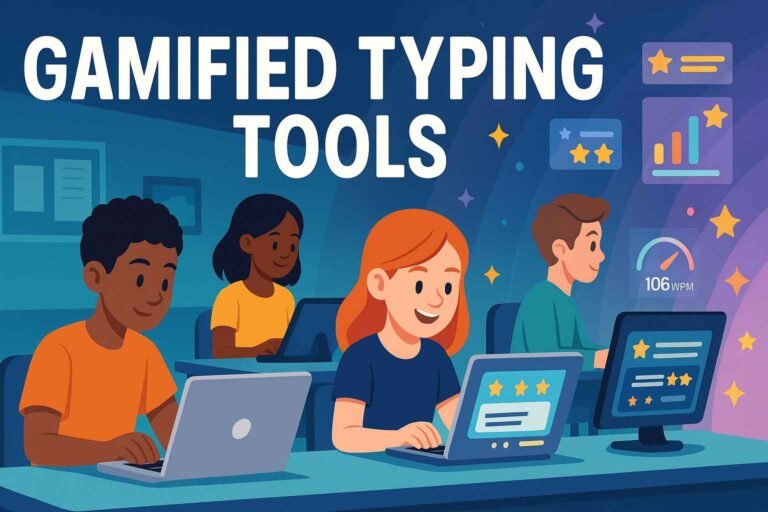How Voice Typing is Changing the Way Students Learn in 2025
Introduction: Voice Typing for Students in the Digital Age
In the fast-paced educational landscape of 2025, “Voice Typing for Students” is not just a trend — it’s a transformative learning tool. From elementary classrooms to university lecture halls, voice-to-text technology is revolutionizing how students interact with digital content. As schools shift towards hybrid learning and accessibility-first platforms, voice typing is becoming an essential skill alongside traditional keyboarding.
This article explores how voice typing is changing the way students learn, retain information, and engage with content in modern classrooms. We’ll also explore how the integration of latest wearable technology is enhancing this experience even further.
Table of Contents
🌟 What is Voice Typing for Students?
Voice typing refers to converting spoken words into digital text using speech recognition software. Instead of typing by hand, students simply speak into a microphone, and the software transcribes their speech into text in real-time.
Key Tools and Platforms
- Google Docs Voice Typing: A free, browser-based tool widely used by students.
- Dragon NaturallySpeaking: A more advanced software used in academic settings.
- Speech-to-Text APIs in educational apps like Notion, Microsoft Word, and Grammarly.
These tools offer high accuracy, multilingual support, and integration with existing learning management systems.
✅ Benefits of Voice Typing for Students
Improves Writing Fluency and Speed
Many students, especially those with learning differences like dyslexia or ADHD, find it easier to verbalize ideas than to write them. Voice typing allows for quicker drafting of essays, reports, and study notes.
Enhances Accessibility
Voice typing helps students with physical impairments or fine motor skill challenges engage equally with academic content. It’s also a powerful tool for ELL (English Language Learner) students.
🔧 Easy Tools for Voice Typing
One of the best and easiest tools for students is Google Docs Voice Typing. It helps students speak their thoughts directly into a document.
👉 Learn how to use Google Docs Voice Typing.
Encourages Active Learning
Speaking thoughts aloud can improve memory retention and verbal reasoning. Students who use voice typing often show higher engagement and deeper understanding.
💡Integrating Latest Wearable Technology
In 2025, wearable devices like smart glasses, earbuds, and voice-activated pens are being used alongside voice typing platforms.
Hands-Free Learning
Smart earbuds with built-in microphones allow students to dictate assignments or take notes during lectures without needing to look at a screen.
Real-Time Feedback
Wearables provide instant feedback on grammar and speech clarity, which helps students refine their communication skills in real-time.
Voice-to-Note Glasses
Augmented reality glasses now include voice-to-note apps that display real-time transcriptions, perfect for lectures and group work.
📚 How Voice Typing Supports Modern Education Goals
Voice typing aligns perfectly with modern educational goals, especially in personalized and inclusive learning environments.
- Promotes Differentiated Instruction: Teachers can tailor assignments to verbal learners.
- Supports Universal Design for Learning (UDL): Offers flexible methods of engagement and expression.
- Boosts Collaboration: Real-time voice-to-text tools enable group brainstorming without the need for a shared keyboard.
✨ Classroom Applications of Voice Typing for Students
Essay Writing & Brainstorming
Students can dictate entire essays and edit the draft later, minimizing writer’s block.
Science and Math Explanations
Voice typing lets students explain their problem-solving process step-by-step, improving comprehension and assessment accuracy.
Language Learning
Voice-to-text enhances pronunciation practice and encourages verbal fluency.
⚖️ Typing vs Voice Typing: A Balanced Approach
While voice typing offers numerous advantages, traditional typing still has its place. Blending both methods creates a well-rounded skill set for students.
- Typing builds fine motor skills and formatting awareness.
- Voice typing supports speed and accessibility.
Educators can integrate both in lesson plans to match student preferences.
⚙️ Implementation Tips for Teachers and Schools
Choose the Right Tools
Start with free tools like Google Docs Voice Typing, then scale up to premium platforms as needed.
Set Clear Guidelines
Teach students when and how to use voice typing responsibly in the classroom.
Encourage Practice
Regular use improves accuracy and reduces hesitation.
🎓 Case Study: A Middle School Success Story
Lincoln Middle School introduced voice typing for students in 2023. By 2025, writing proficiency scores improved by 18%, and student engagement increased significantly. Teachers report reduced anxiety during timed writing assessments, thanks to voice typing.
❓FAQs About Voice Typing for Students
Q1: Is voice typing accurate enough for academic use?
Yes, especially with tools that offer AI-enhanced speech recognition. Accuracy improves with consistent use.
Can students use voice typing during exams?
Only in certain accommodations. Always check school policy and exam guidelines.
Q3: Is voice typing better than regular typing?
Both have strengths. Voice typing excels in speed and accessibility; regular typing supports detailed editing and formatting.
👉 Conclusion: Embrace the Future with Voice Typing for Students
“Voice Typing for Students” isn’t just a tech upgrade — it’s a bridge to more inclusive, efficient, and modern learning. Whether paired with the latest wearable technology or used on its own, voice typing is transforming how students express, understand, and own their learning. Schools that embrace this shift will see stronger academic performance and happier, more engaged students.
📚 Related Resource:
Explore how voice typing stacks up against other methods in our full guide on
👉 Typing vs Handwriting: Which Builds Better Skills for Students in 2025

Hi, I’m Kamran Khatri, the author behind NitroType.blog. I share typing speed tips, Nitro Type updates, gaming tricks, and productivity hacks to help you type faster and smarter. My goal is to make typing fun while helping you improve your skills like a pro. If you’re passionate about typing or want to level up your Nitro Type game, you’re in the right place!

